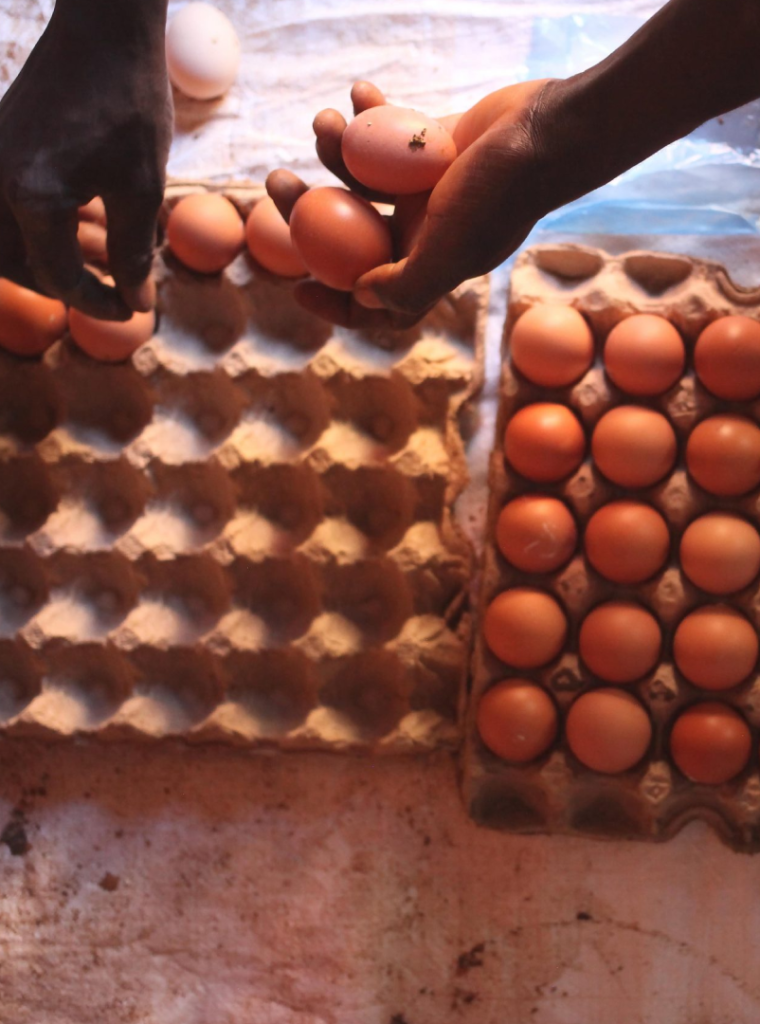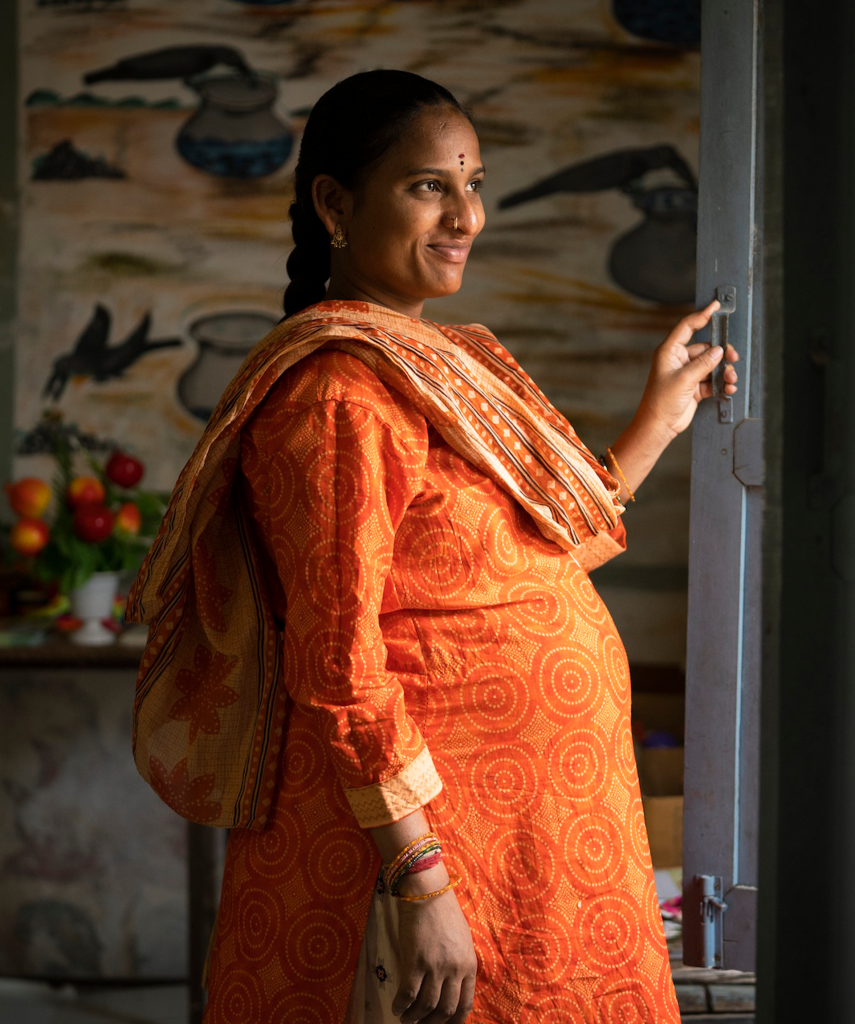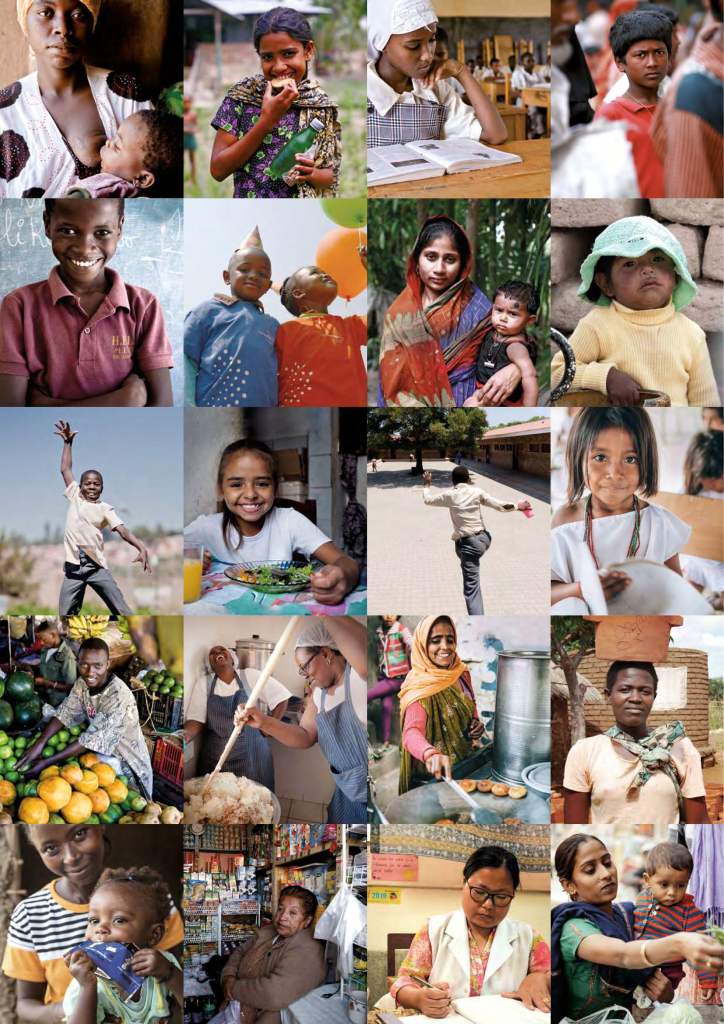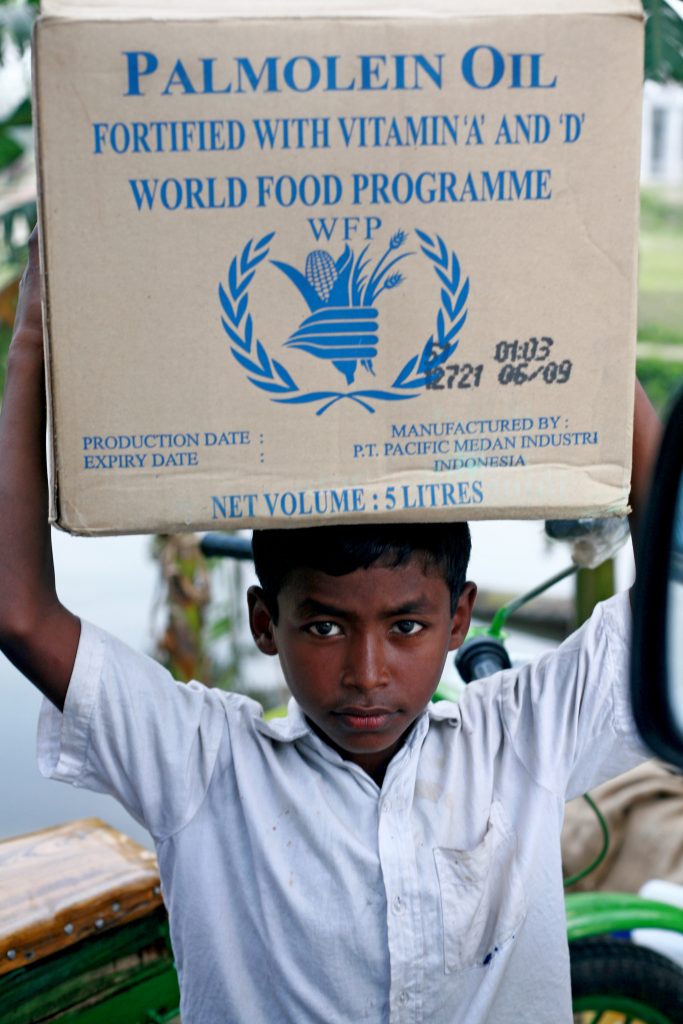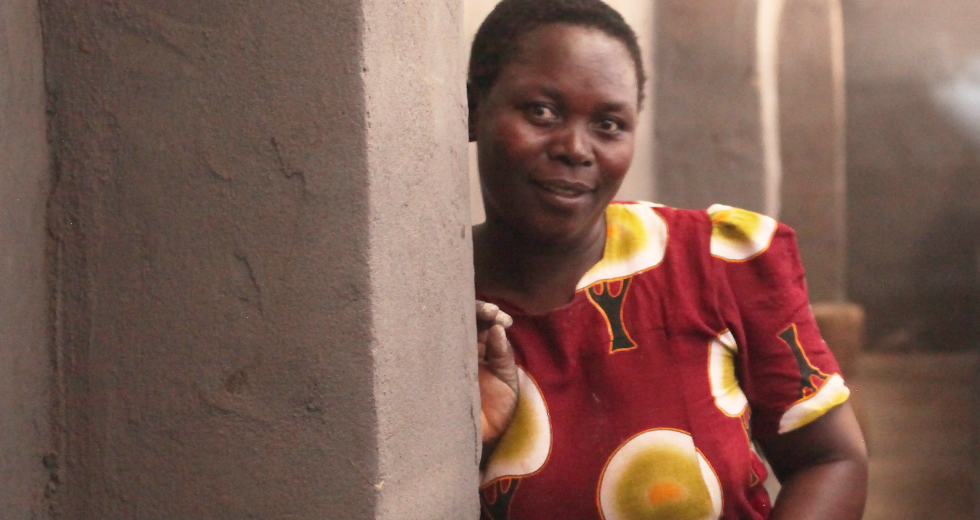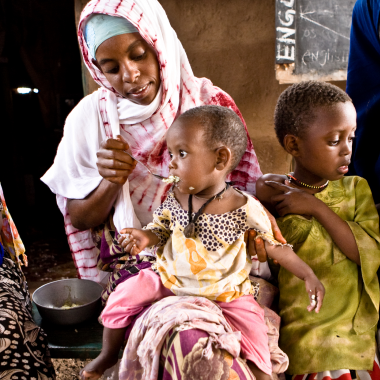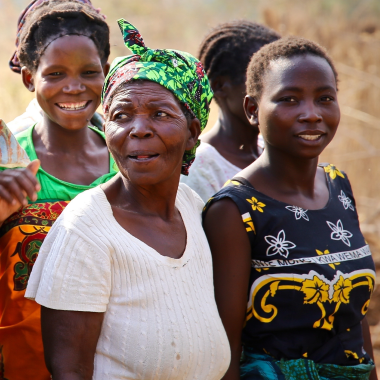Sight and Life tests cutting-edge technologies in Africa to stop mold growth in staple food
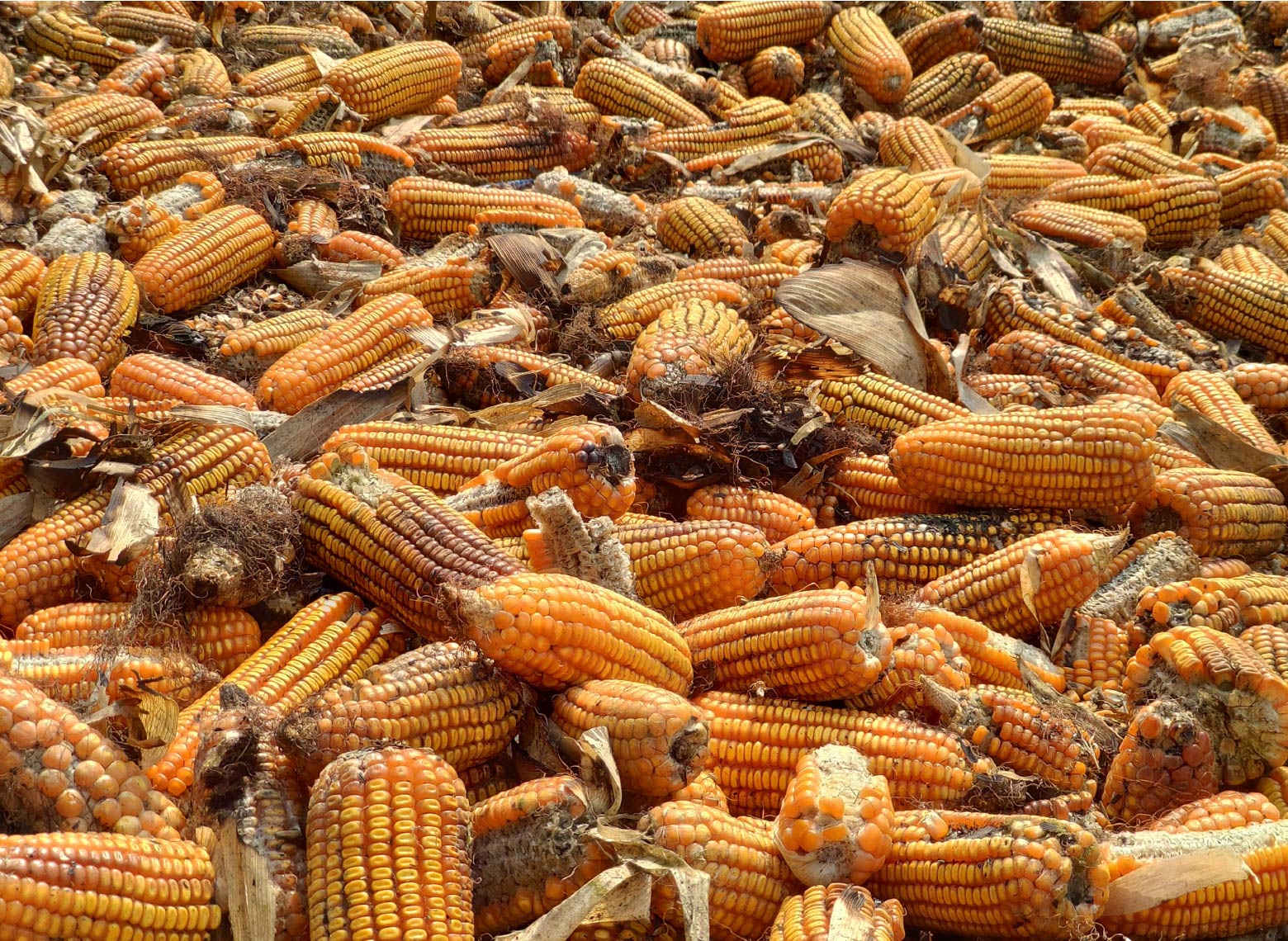
A quarter of the world’s food crop contamination can be attributed to aflatoxins, produced by certain kinds of fungi in food crops. In many low- and middle-income countries (LMICs), aflatoxin-contaminated food finds its way to the poorest households or into the animal feed industry, thus contaminating dairy, eggs, and meat. In Rwanda, we found that infant cereals in the market can exceed 60 times the approved aflatoxin cut-offs.
The World Bank indicates that African nations lose USD 670 million annually on account of aflatoxins. In a world grappling with decreasing crop yield due to climate change, the loss of food crops due to aflatoxins also exacerbates challenges related to global warming.
Aflatoxins are also linked with stunting among children, which is already a major malnutrition problem. These pernicious effects of aflatoxins result in severe economic and health consequences, which we want to tackle.
Almost 40% to 60% of maize, peanuts, and dairy in Rwanda are contaminated with aflatoxins. As a result, the country is import-dependent, with maize amounting to USD 8 million being lost every year due to aflatoxins. Sight and Life is testing affordable technologies to prevent mold growth and stop aflatoxin-contaminated food from entering the markets in Rwanda. These innovations, if successful, could be scaled up across the globe to tackle aflatoxin contamination.
More impact stories we are proud of
Discover more
What we do
Discover the principles and work that shape our impact
Why tackle malnutrition
Understand how malnutrition affects our collective future
Our projects
Explore our innovative work to close the nutrition gap across LMICs
Global footprint
Discover our key projects across the world
